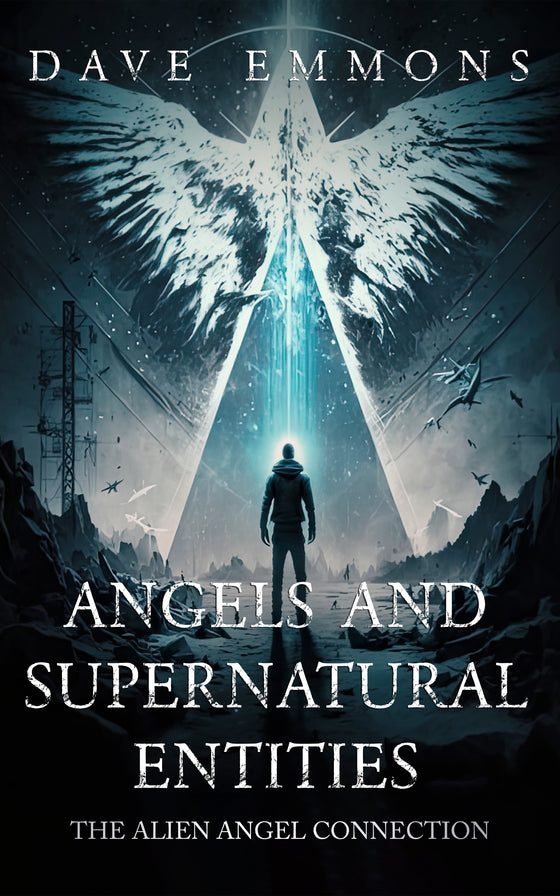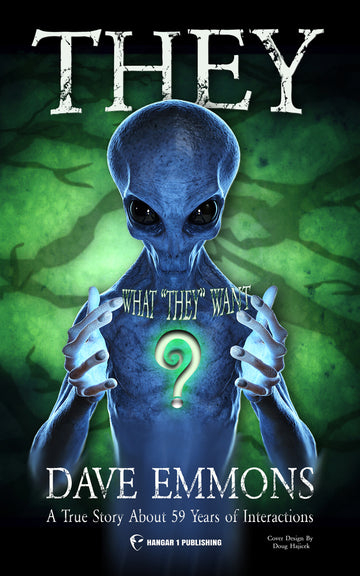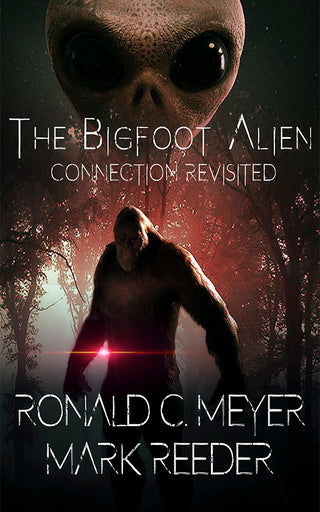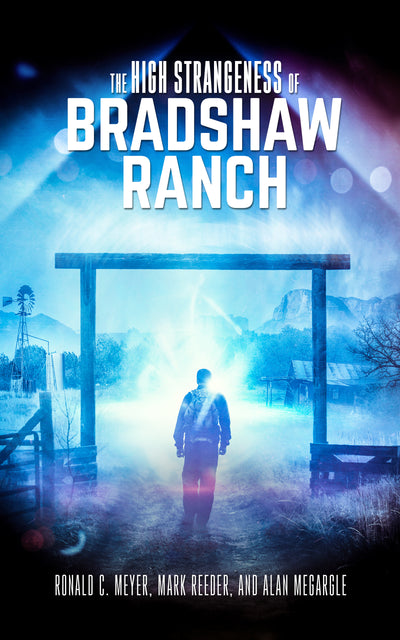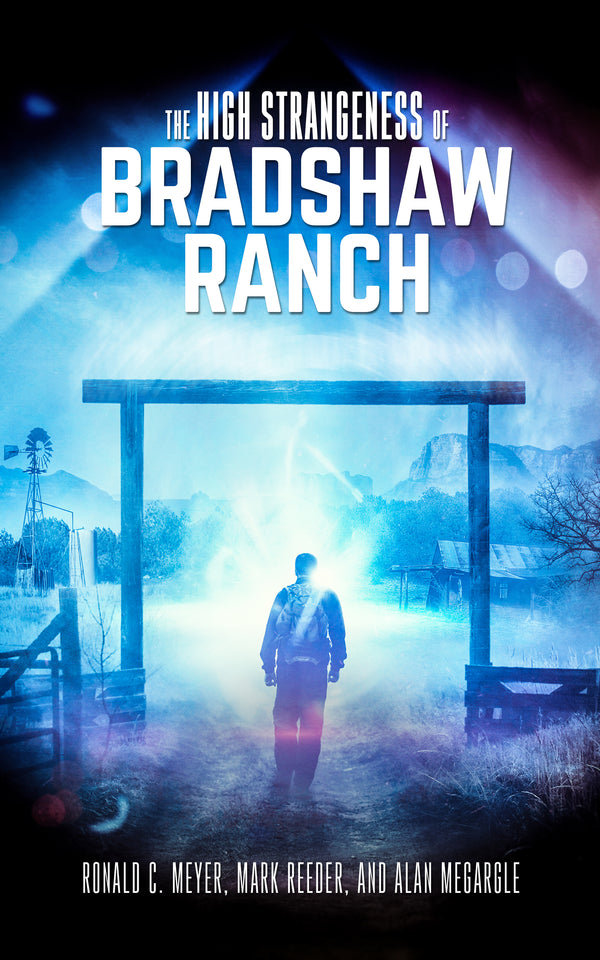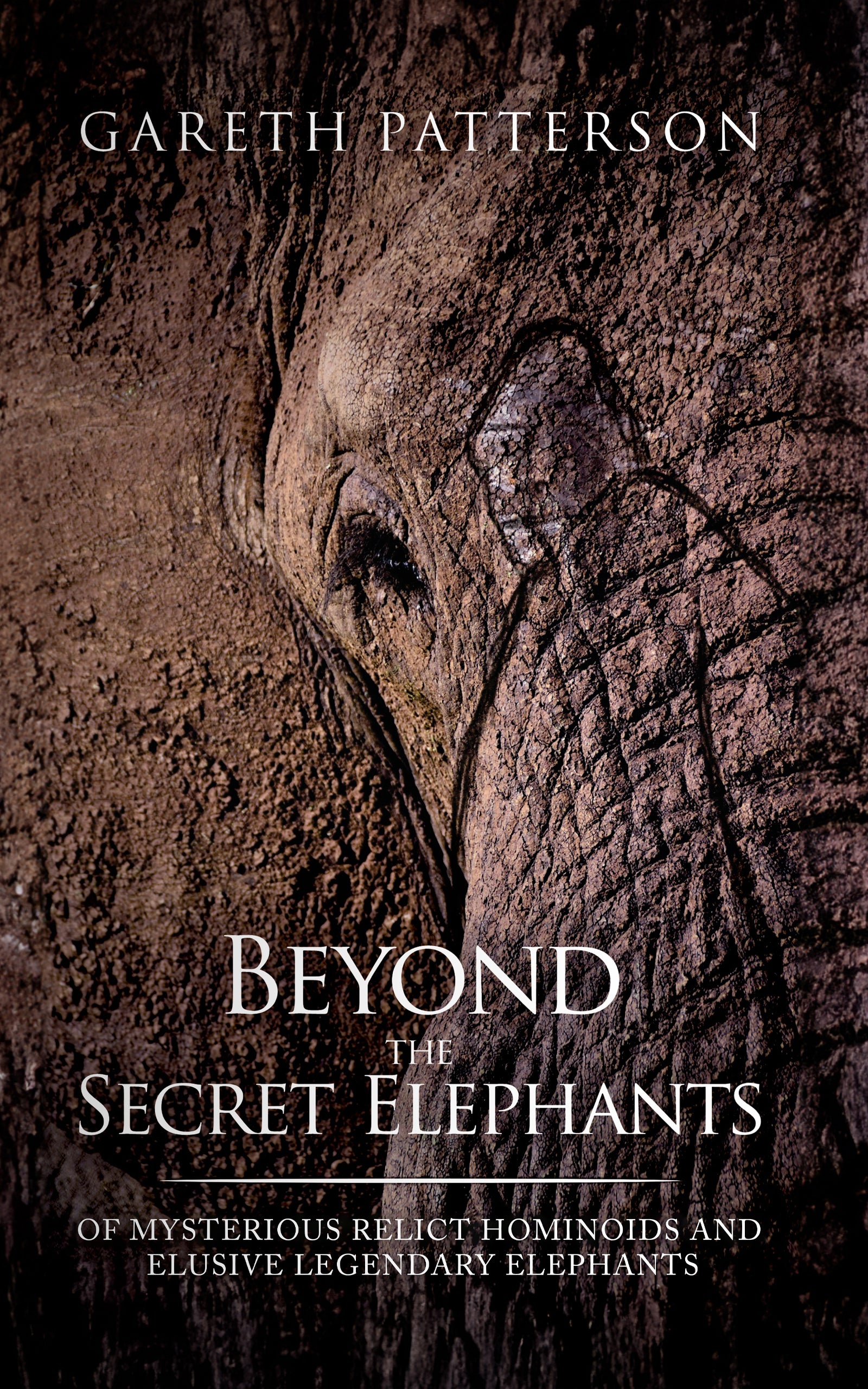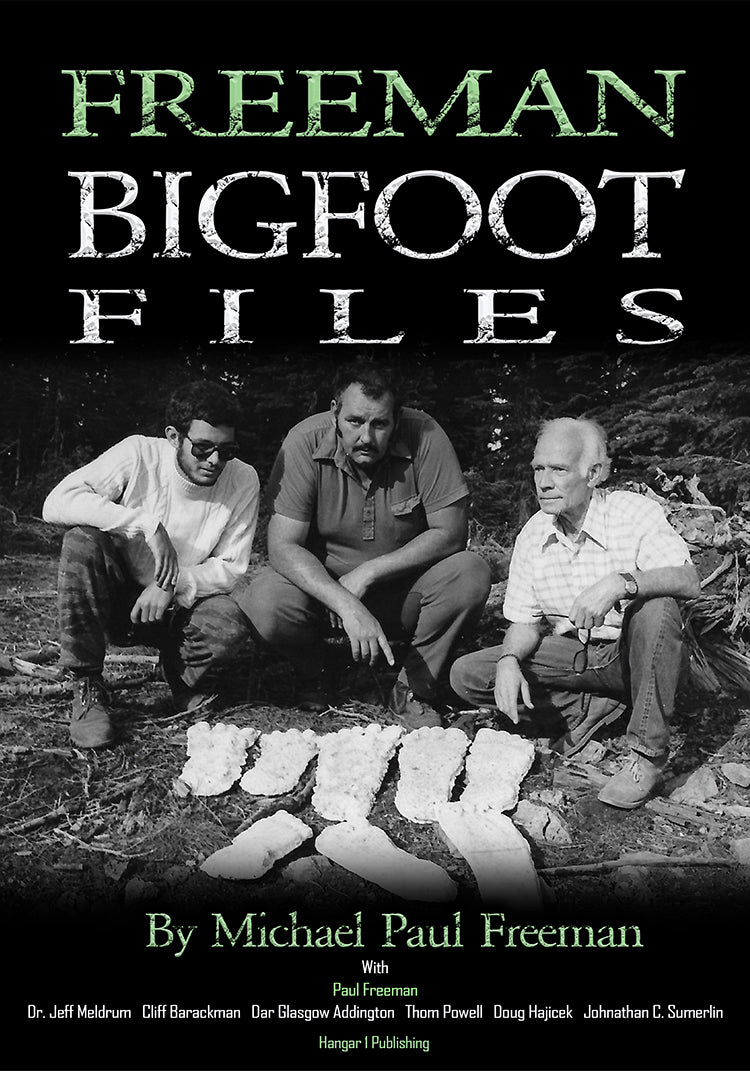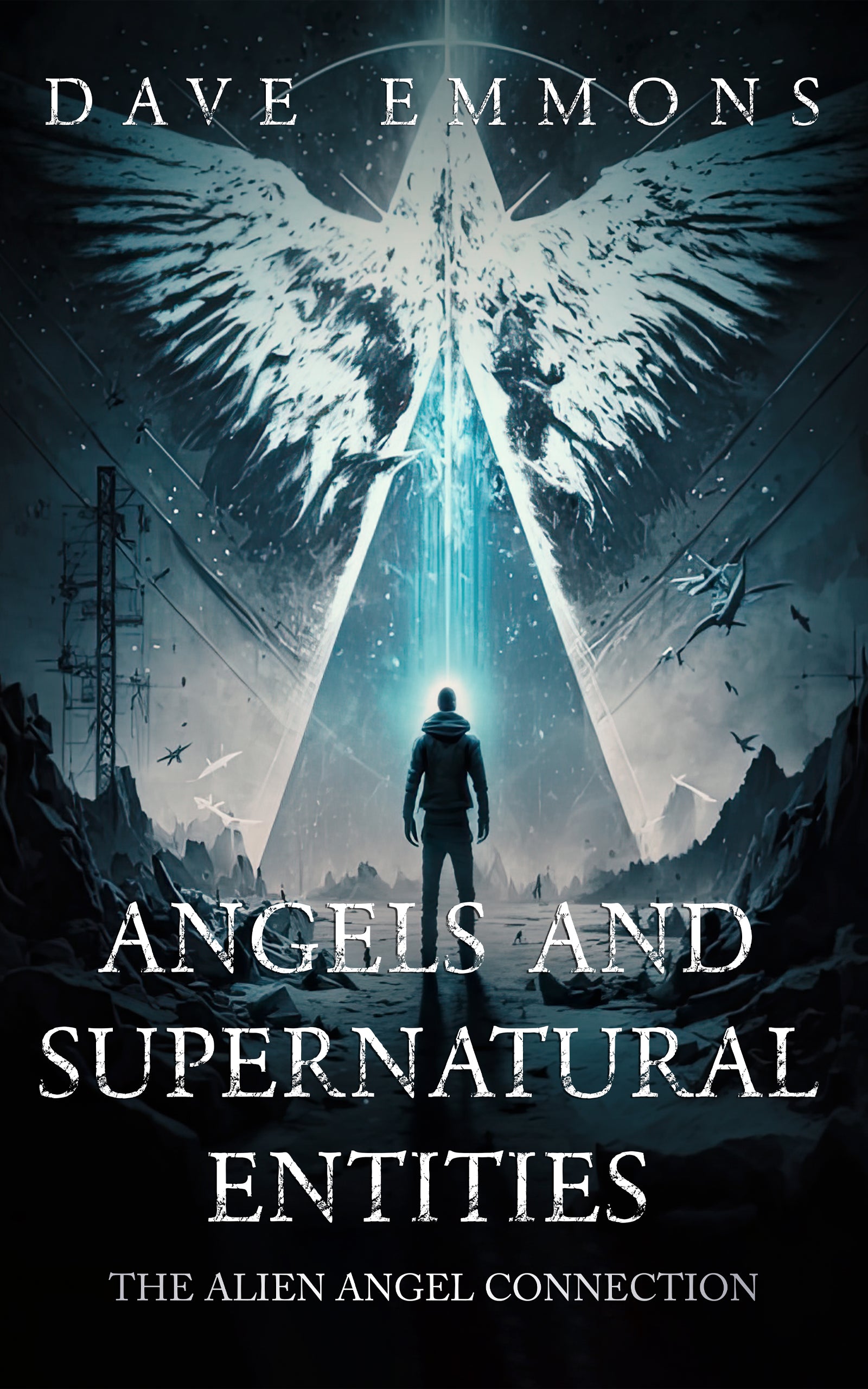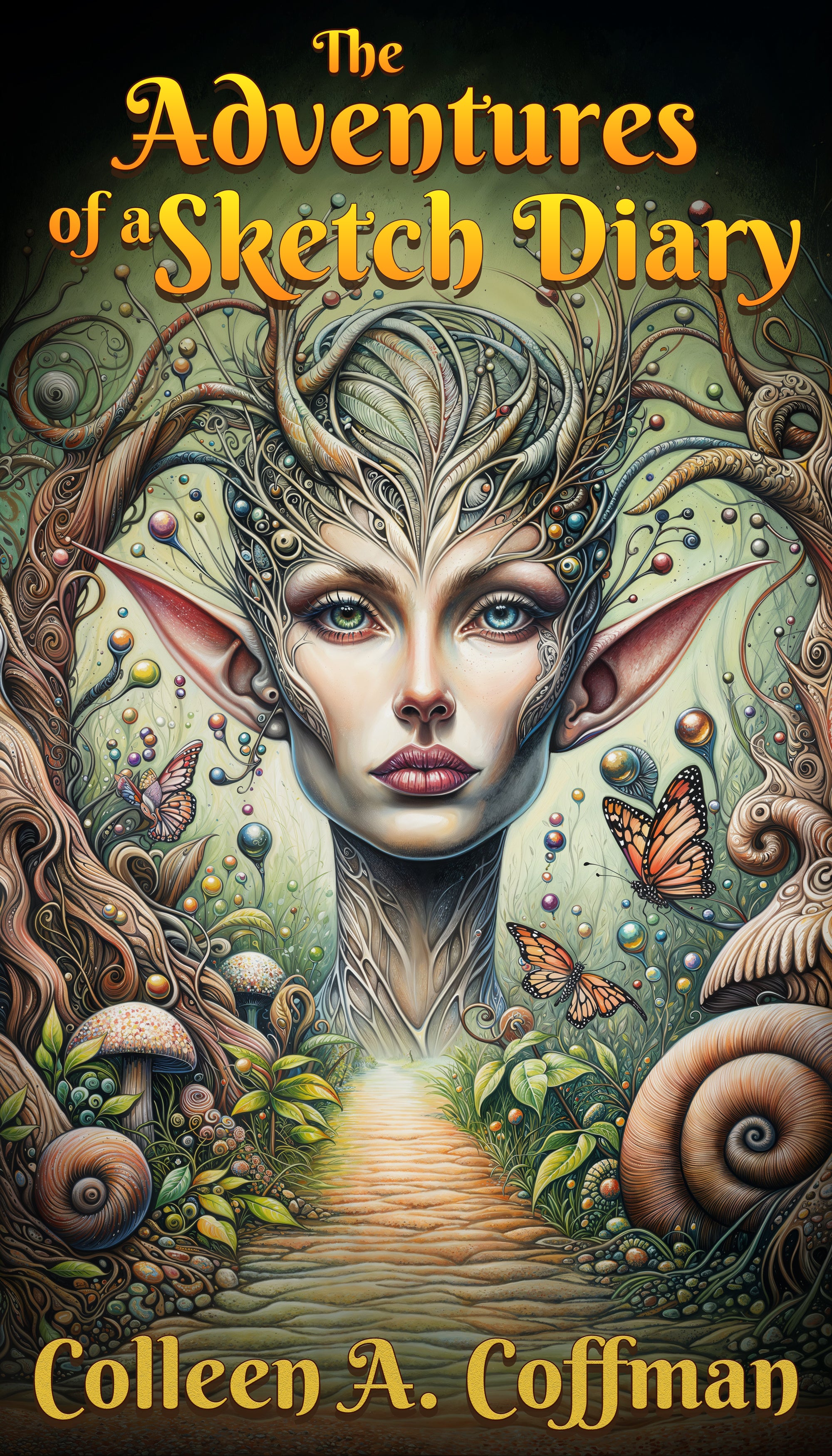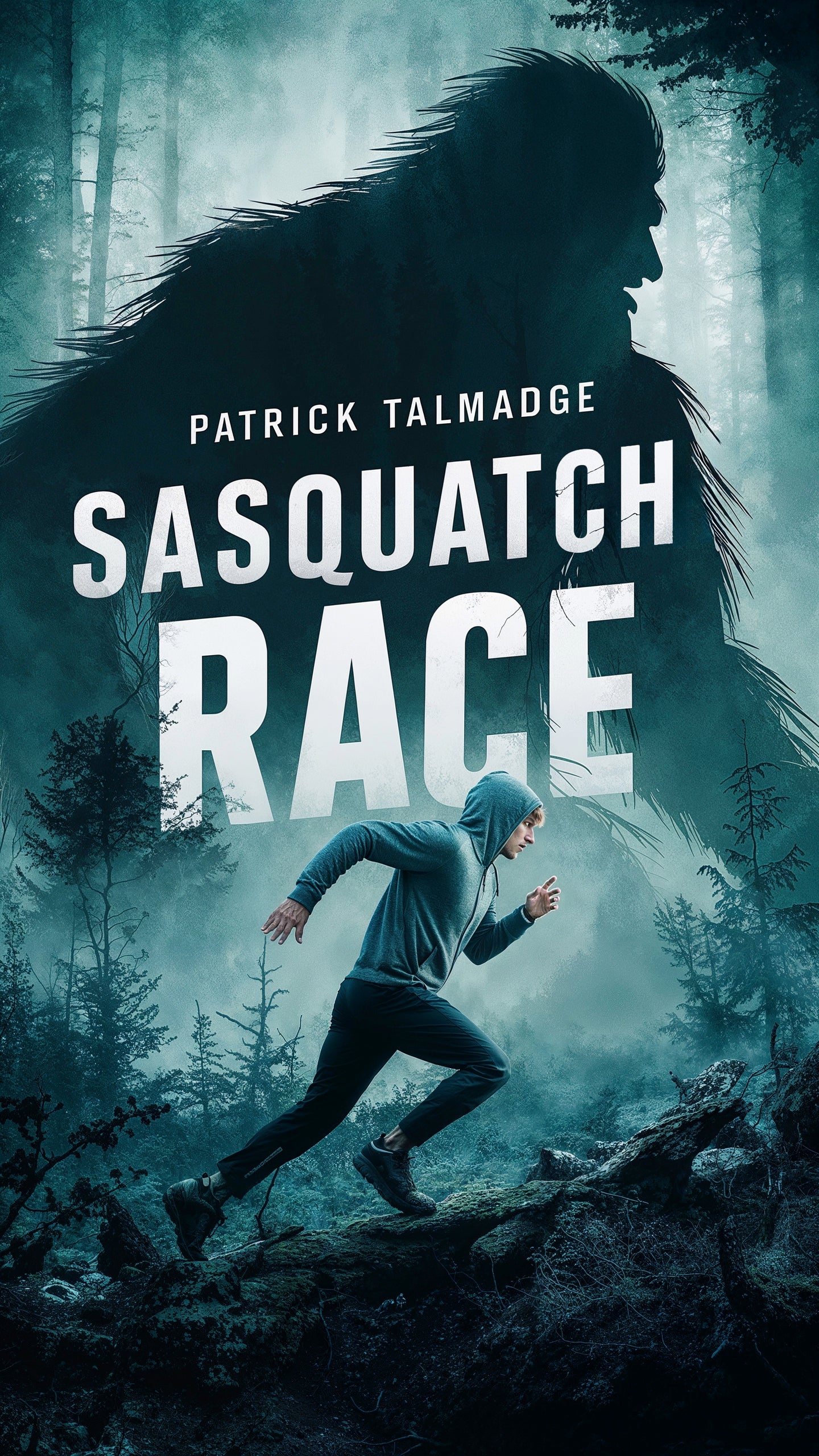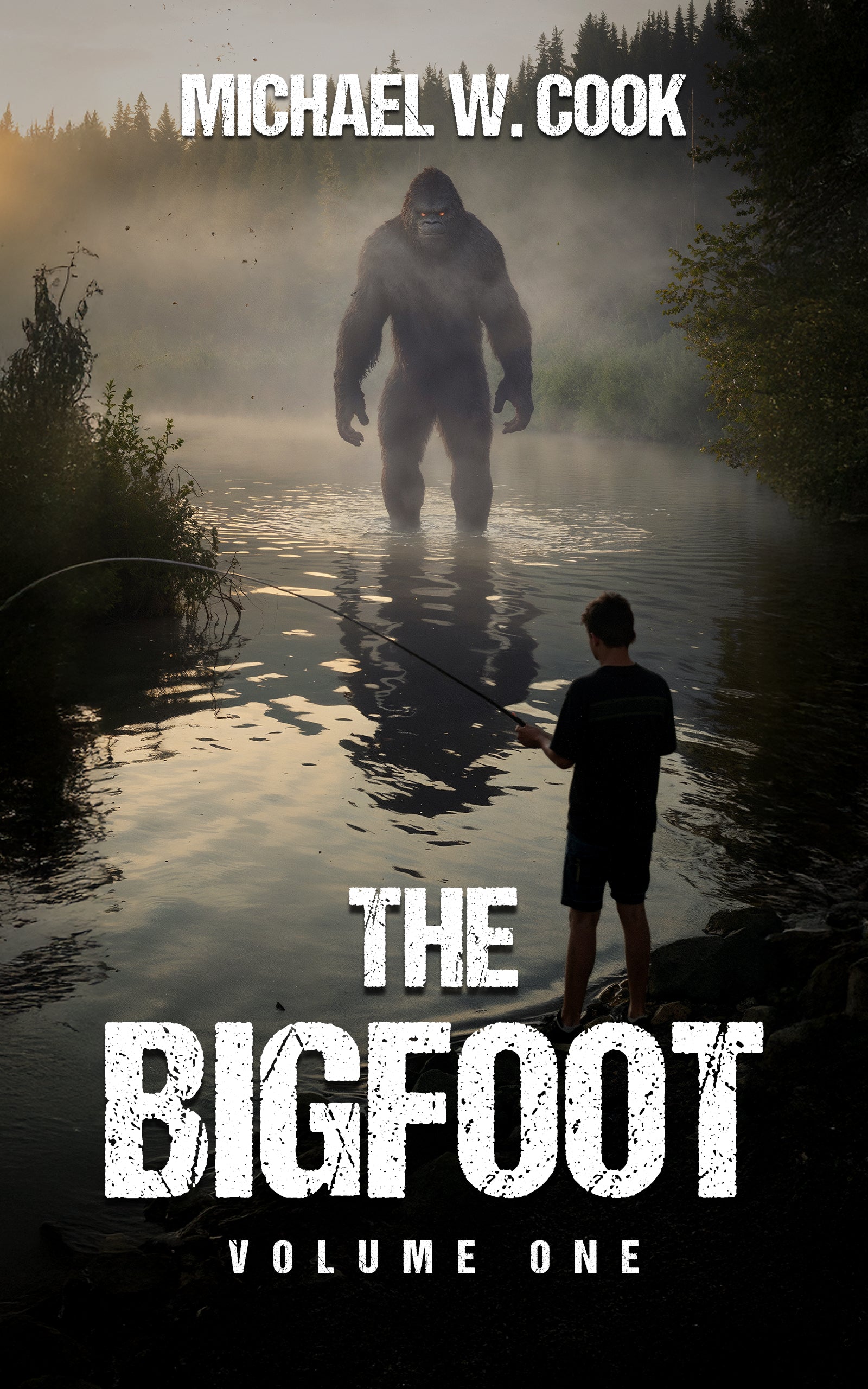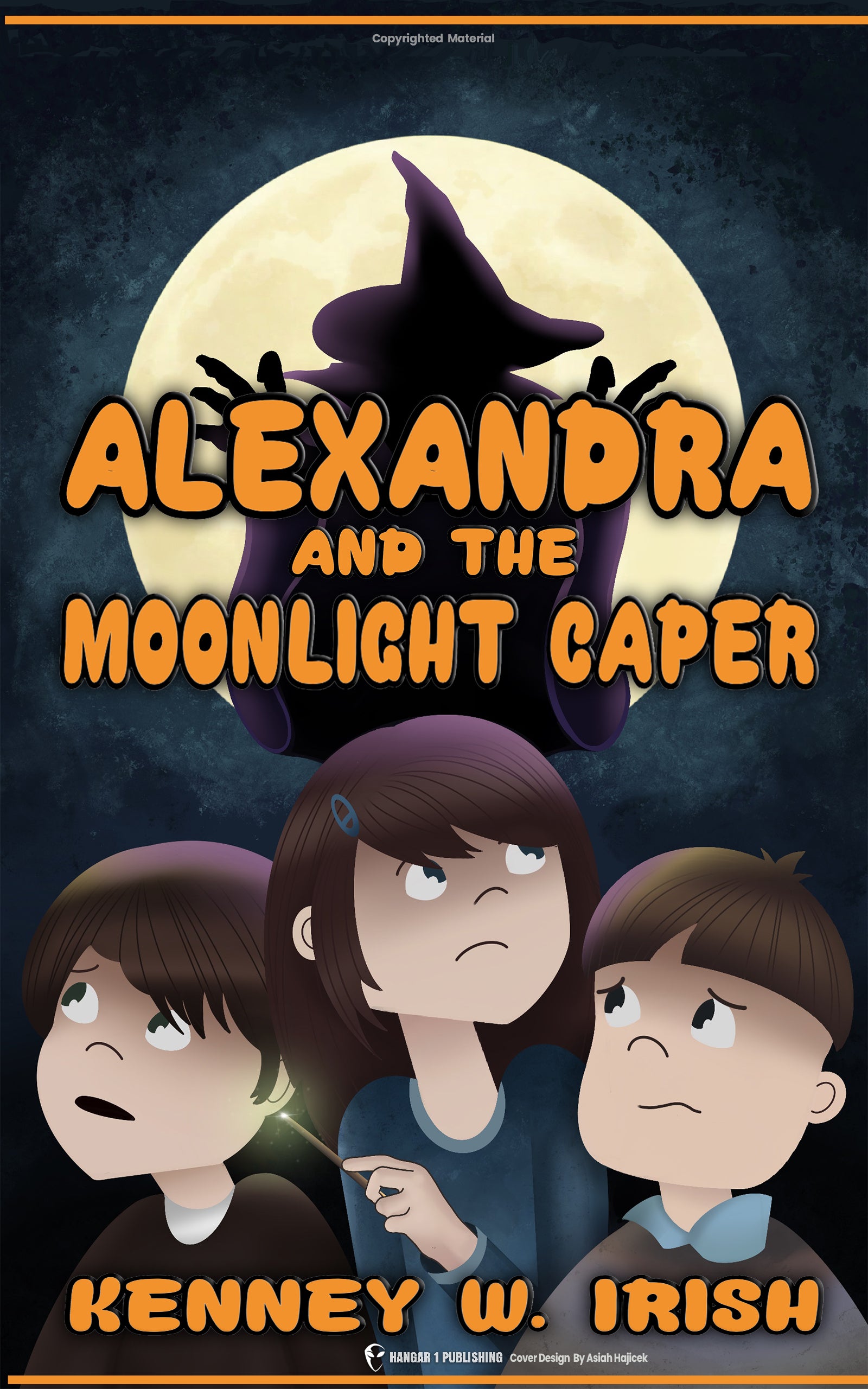Encounters with Strange Humanoids
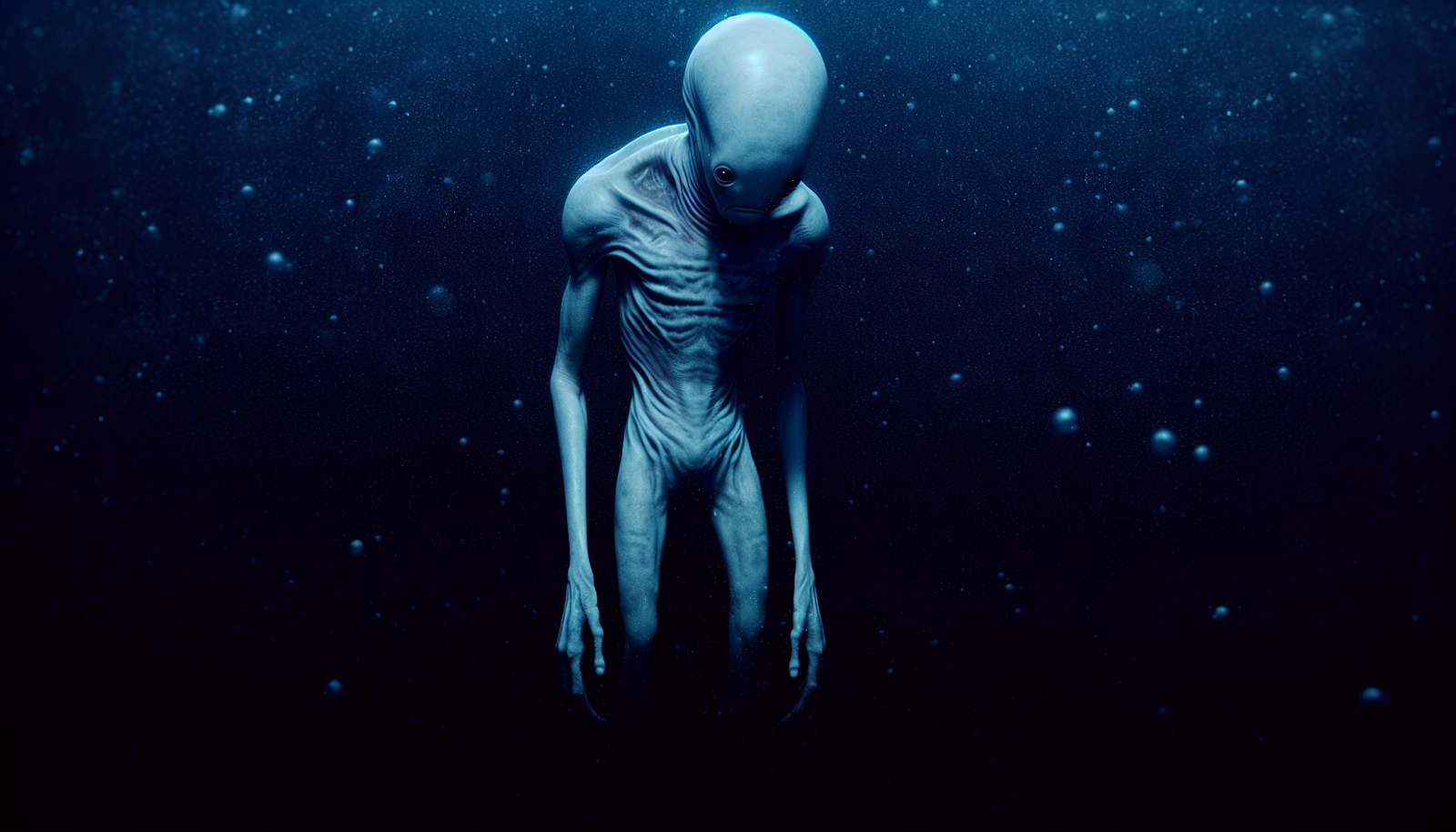
By Elaine Westfield, Ufologist
: An In-Depth Exploration
Introduction: Stepping Beyond the Familiar - The Allure of the Architecturally Unusual Anthropoid
Imagine a figure emerging from the shadows, one that walks like you, stands like you, but is undeniably not human. What would you do? How would you react? This isn't just a thought experiment; it mirrors fragments of chilling tales whispered across millennia and splashed across modern screens. The idea of the "strange humanoid" sinks its hooks deep into our collective consciousness, a concept far broader than just campfire monsters or silver-suited aliens. It encompasses anything that wears the human form, however loosely, yet deviates jarringly from our understanding of biology, behavior, or even origin. It's this fundamental "strangeness," this brush with something Recognizably Other, that sparks both primal fear and an insatiable curiosity.
We define ourselves largely by what we are not, and the humanoid figure, warped or wondrous, serves as a disquieting mirror. Is it a distorted reflection of our own potential, a visitor from realms beyond comprehension, or perhaps a ghost woven from our deepest anxieties? The landscape of these beings is vast and bewilderingly varied. From the colossal, flesh-eating giants of myth and the logic-defying creatures of folklore, to the alleged grey-skinned experimenters stepping from flashing lights, the unsettlingly lifelike robots mimicking our expressions, and even the unsettling aspects of our own human behavior – the "strange humanoid" casts a long shadow.
Join me on a journey through this multifaceted world. We'll examine the echoes of these encounters in ancient legends, dissect contemporary reports from shadowy forests and desolate roads, confront the discomfort of the almost-human in technology, and ponder what these varied encounters reveal about our perceptions, our fears, and the ever-shifting definition of "human." Are these beings echoes of ancient fears, visitors from distant stars, undiscovered branches of life, or perhaps, manifestations of the strangeness lurking within us all?
Echoes from Antiquity: The Monstrous Canvas of Myth and Folklore
Long before grainy videos flickered online, ancient cultures wrestled with the vast, terrifying unknown by shaping it into familiar, yet monstrous, forms. The humanoid shape, being the one we know best, became a canvas upon which fears, wonders, and attempts to explain the inexplicable were painted. These early "strange humanoids" often prowled the edges of maps and minds, embodying the chaos that lurked beyond the firelight, the dangers inherent in the wild, and the very boundaries of the understood world. They were humanity, twisted and amplified.
Giants: Colossal Figures of Savagery and Chaos
Take giants, for instance. Tales of these colossal figures thunder through nearly every culture's mythology. While some narratives cast them as primordial creators, holding up the sky or shaping the land, many depict them as forces of unmatched savagery and chaos. Think of the Cyclops Polyphemus, encountered by Odysseus – a creature of immense size and brute strength, his single eye a symbol of monstrous simplicity, reducing men to mere morsels in his cave. European folklore populated desolate mountains and forests with Ogres, gargantuan and grotesque beings explicitly fond of human flesh, powerful yet often dim-witted adversaries in countless fairy tales. Across the sea, the Japanese Oni presented a demonic visage – wild-haired, horned, clawed, wielding immense iron clubs (kanabo), masters of dark magic haunting remote places. And who could forget Grendel, the unsettling antagonist from the Old English epic Beowulf? Described as an outcast driven mad by envy, his form was one of loathsome otherness – iron-tough skin, a gaping maw for easy massacre, embodying the ultimate threat to the stability and joy of human society. Giants, in their terrifying scale and power, represented the overwhelming forces – natural or societal – that could crush fragile human existence.
Hybrids: Unsettling Fusions of Forms
Then there are the hybrids, those unsettling fusions that violate the neat categories of nature. These creatures, blending human traits with those of animals or even more abstract horrors, served as living embodiments of the strange and unusual, questioning the very fabric of reality. Ancient Greece, with its vibrant imagination, conjured some truly dreadful examples. The Harpies, with the bodies of birds topped by hideous, disfigured humanoid heads loosely resembling women, were known as mischievous scavengers, leaving filth and foul odors in their wake. Contrast them with the Sirens, initially bird-like but later often depicted with fish tails, whose enchanting songs spelled doom for mesmerized sailors – a beautiful, yet deadly, strangeness. The very "mother of monsters," Echidna, was herself a hybrid – fair nymph above, coiling serpent below, birthing creatures that represented greed, destruction, and disease. Her mate, Typhon, was a nightmare made flesh: a serpent giant with a man's upper body, wings, snake-legs, serpentine fingers, and eyes of fire. These beings weren't just monsters; they were walking paradoxes, physical manifestations of the chaotic potential inherent in life, blurring the lines we try so desperately to draw between species and states of being. This tradition extends beneath the waves as well, with countless cultures featuring aquatic humanoids – the alluring but dangerous merfolk (like the Scottish Ceasg or Irish Merrows), the prophetic Japanese Amabie, eerie spirits like the Umibōzu or Fuath, and the mischievous Kappa. Even amphibian-like humanoids, such as the Loveland Frogman or Lovecraft's Deep Ones, find their roots in these ancient blendings of human and non-human forms.
Physiological Peculiarities: Pushing the Boundaries of the Human Form
Beyond giants and hybrids, mythology teems with humanoids whose strangeness lies in specific, peculiar physiological traits that push the boundaries of the human form. Consider the accounts gathered by ancient writers like Herodotus and Pliny the Elder, often describing peoples at the supposed edges of the known world. There were the akephaloi or Blemmyes, headless men with faces disconcertingly located in their chests. The Androphagi weren't physically monstrous, but their cannibalistic practices marked them as fundamentally 'other'. Off the African coast, the Gorgades were islands supposedly inhabited by women covered entirely in thick fur – perhaps early, exaggerated accounts of apes. Perhaps strangest were the Astomi of India, said to have no mouths at all, surviving merely by sniffing the fragrance of fruits and flowers, yet fatally vulnerable to strong, unpleasant odors. Elsewhere, the Panotti possessed ears so enormous they used them as blankets or even clothing. Pygmies, diminutive and sometimes hairy tribes, were described living everywhere from Africa to India, famously battling cranes. The Abarimon had feet turned backward, yet could run with incredible speed, unable to survive outside their native valley. The Arimaspi were one-eyed humanoids perpetually fighting griffins for gold. And perhaps most famously depicted were the Cynocephali, tribes of people with the heads of dogs, capable of reason but barking and howling, and the Monopods or Sciapods, possessing only a single, enormous foot which they cleverly used as a parasol against the heat. While likely born from travelers' tales distorted by fear, rumour, and the desire to amaze, these accounts reveal a deep-seated fascination with human variation and the endless, often unsettling, possibilities of the humanoid form.
Modern Allegations and Anomalies: Cryptids, ETs, and the Paranormal Blend
The echoes of strange humanoids didn't fade with antiquity. They merely shifted form, migrating from the pages of myth into the grey areas of modern experience – eyewitness accounts, grainy photographs, unsettling videos, and tales whispered on the internet. The context changed from explaining the cosmos to confronting potential physical realities, blurring the lines between folklore, Forteana, and the fringes of accepted science.
UFOs and Alleged Extraterrestrial Humanoids
One of the most potent modern associations is with Unidentified Flying Objects, or UFOs (now often termed UAPs). Reports frequently link sightings of strange aerial phenomena with encounters on the ground involving humanoid beings. The classic "Grey Alien" archetype dominates popular culture: small stature, large bulbous head, immense black eyes, often implicated in abduction narratives involving disturbing medical procedures. One particularly striking account, shared by a user named "Will123423" on Ranker, details an alleged abduction experience featuring not only the typical Greys but also reveals the presence of "Nordics." These beings were described as incredibly tall, human-looking figures with golden hair and striking, massive eyes – dark blue for the male, violet for the female. The witness, himself of Nordic descent, felt an unnerving connection, heightened by the beings' claim that they had "saved" him at birth and, even more astoundingly, that they had created humankind 200,000 years ago by merging their DNA with that of our primate ancestors. While entirely speculative and unverified, such narratives represent a significant strand in modern humanoid lore, suggesting diverse extraterrestrial types with complex, even foundational, relationships to humanity. Other alleged sightings push the boundaries further: the "electric blue humanoid" captured on video in Peru seemed to be composed of pure energy, capable of phasing through trucks, while a "floating humanoid" filmed at a Peruvian gas station resembled a tiny entity encased in a robotic suit or transport device.
Cryptids: Unproven Humanoid Creatures
Beyond potential extraterrestrials, the realm of cryptozoology is replete with strange humanoid figures – creatures believed to exist but unproven by science. North America, of course, has Bigfoot or Sasquatch, the large, hairy, bipedal ape-like creature. But the variations multiply: YouTube footage purports to show a "Pennsylvanian White Bigfoot," suggesting albino variants. Another video claims to capture a "strange ape" in a forest resembling Australopithecus, hinting at relic hominids surviving unseen. Wisconsin folklore speaks of the Bray Road Beast, an upright, wolf-like creature reportedly seen by multiple witnesses, including a DNR worker named Stephen Krueger who described it attempting to drag a deer carcass from his truck. South Carolina has its Lizard Man of Bishopville, a terrifying, seven-foot-tall, green, three-fingered creature infamous for allegedly damaging cars; theories about its origin range wildly from an undiscovered evolved reptile (a "reptoid") to a monster mutated by nearby toxic waste dumps. And then there are the truly bizarre reports: the Nightcrawler, seen in Fresno and Yosemite, a creature appearing only on camera as two walking legs with no discernible body or head; or the Ningen, a colossal, white, rubbery humanoid sighted in Antarctic waters.
Paranormal Humanoids: Ghosts and Apparitions
The paranormal realm contributes its own cast of strange humanoids. Ghosts and apparitions often maintain a human-like form, but their behavior defies physical laws. Videos circulate allegedly showing a "roadside ghost," a terrifying woman appearing in a desolate military zone in Saudi Arabia; the famed "Hampton Court Ghost," a skeletal figure caught on CCTV apparently opening and closing fire doors; and the generically creepy archetype of the "Ghost Girl" manifesting in homes. These entities, while humanoid, represent consciousness or energy detached from typical biological constraints, capable of appearing, disappearing, and interacting with the world in unsettling ways.
The Digital Age and Ambiguous Evidence
The digital age has brought an onslaught of purported photographic and video evidence, easily shared and endlessly debated online. We see footage allegedly capturing:
- a grey alien or ghoul skulking in a cemetery;
- a strange, bipedal, possibly rodent-like creature perched on a wall at a Russian military facility before vanishing;
- a towering, reptilian humanoid identified as a Nephilim climbing cave walls in Australia;
- tiny, winged "humanoid bugs";
- a creature with hauntingly reflective eyes in a sewer system;
- four-legged, glowing orange humanoids sprinting across a backyard;
- large, black figures hiding behind trees in Holland;
- a figure with seemingly backward-bending knees labeled a "skin walker" moving eerily across a road;
- and a pale, shrieking creature rushing the camera from an abandoned shack.
Interpreting such evidence is fraught with difficulty. Forensic analysis often reveals mundane explanations: motion blur creating distorted shapes, overexposure obscuring details, camera malfunctions, or deliberate hoaxes. A blurry figure in Montana might be a trespasser distorted by the trail cam; a monstrous sewer creature in Malaysia turns out to be an elephant trunk snake. Yet, the ambiguity persists, fueling speculation and keeping the mystery alive.
The Uncanny Valley: When the Almost-Human Becomes Unsettling
Sometimes, the strangeness of a humanoid isn't about monstrous features or otherworldly origins. It can arise from something far more subtle: being too close to human, yet falling short in unsettling ways. This phenomenon, known as the "uncanny valley," describes the distinct feeling of unease, even revulsion, we experience when encountering figures – robotic, digital, or otherwise – that mimic human appearance and behavior with near-perfect fidelity, but contain small, almost imperceptible imperfections that shatter the illusion. It's not the completely alien that disturbs us here, but the almost-familiar.
Robotics and the Uncanny
The rapid advancement of robotics provides fertile ground for uncanny experiences. Japanese roboticist Masahiro Mori, who coined the term in 1970, observed that our affinity for robots increases as they appear more humanlike, but only up to a point. Beyond that peak, affinity plummets into this valley of strangeness before potentially rising again if perfect human likeness is achieved (a point arguably not yet reached). Think of the examples cited in research:
- Actroid robots with their blinking and breathing motions designed for interaction, yet sometimes feeling 'off';
- Alter 3, the orchestral conducting android;
- Ameca, with its sophisticated facial expressions that can register surprise or annoyance;
- Saya, the robot teacher whose expressed emotions could reportedly make children cry;
- or Sophia, the famous AI-powered humanoid whose self-awareness adds another layer of complexity.
Others, like the child-like CB2 and Diego-san, or Hiroshi Ishiguro's android replica Geminoid HI, can be deeply unsettling due to vacant eyes, slightly unnatural movements, or the mere fact of their near-human artificiality. Even the minimalist Telenoid R1, described by IEEE Spectrum as resembling an "overgrown fetus," evokes a powerful uncanny sensation despite, or perhaps because of, its lack of detail. The source of the discomfort often lies in tiny discrepancies – the way silicone skin dimples, a slight lag in expression, a gaze that doesn't quite connect, or movements that are just a little too fluid or, conversely, too jerky.
Digital Humanoids and CGI
This isn't limited to physical robots. The digital realm creates its own uncanny humanoids. Computer-generated imagery (CGI) in films can stumble into the valley. A controversial example is the digital recreation of actor Peter Cushing as Grand Moff Tarkin in Rogue One: A Star Wars Story. For many viewers, despite the technical skill, the CGI representation felt subtly unnatural, distracting, and jarringly artificial. Similarly, the Na'vi in James Cameron's Avatar, while visually stunning, were described by some as having movements "just a little too fluid," creating a bizarre, less-than-real experience. Video games using advanced motion capture, like L.A. Noire's MotionScan technology, aimed for hyper-realism but sometimes resulted in characters whose facial expressions didn't quite match their vocal tone or the context, leading to uncomfortable moments for players.
Understanding the Uncanny Feeling
What causes this feeling? Mori initially speculated it might be rooted in a survival instinct, a mechanism to detect illness, death, or something fundamentally "wrong" in a human-like form. More recent research suggests specific neural mechanisms, particularly in the brain's reward system, reacting negatively to these near-misses of human representation. Some studies propose we're less likely to be creeped out if the robot is perceived as useful or behaves intelligently. There's even evidence the effect varies between individuals and develops with age, appearing more strongly in children over nine and differing between typically developing children and those with autism spectrum disorder. While the exact science is still debated, the uncanny valley powerfully demonstrates that our perception of "human" is incredibly nuanced. It highlights how even slight deviations in supposedly humanlike figures can render them profoundly strange and unsettling, reminding us that the boundary between familiar and alien can be razor-thin.
Strange is Subjective: The Spectrum of Peculiar Humanoids
Pinning down the idea of a "strange humanoid" reveals just how slippery the concept is. They don't fit into neat boxes labeled 'myth', 'alien', or 'robot'. Instead, they exist across a vast spectrum – from the fantastical beasts carved into ancient temples to the unsettlingly familiar android reflecting our own gaze, from the physically monstrous to the psychologically disquieting. The "strangeness" itself is subjective, sometimes lying not in the being itself, but in our perception or even within ourselves.
Strangeness Within Human Behavior
Consider the echoes of strangeness found within human behavior. The lyrics of the band Bad Acid Trip, in their song "Strange Humans," don't speak of monsters, but of the internal landscape of humanity: "We humans are getting pretty strange / And maybe we forgot how to use our brains / Fearing yourself and all those around... We’ve become trapped in our shells / Put ourselves through mental hell." This paints a picture of humanity itself as architecturally unusual, prone to fear, hatred, self-deception, and mental anguish that could indeed be described as strange. An anecdote shared on LinkedIn illustrates another facet: a woman haggles fiercely with a poor egg seller but lavishly tips a wealthy restaurant owner. The post questions this "strange human behaviour": "Why do we always need to show that we have POWER when we buy from the needy? and “Why are we generous with those who don't even need our generosity?” It highlights the contradictions and sometimes unsettling motivations behind human actions. Perhaps the most direct indictment comes from Live Science's article titled "Humans: The Strangest Species," which humorously lists our countless peculiarities – we lie, cheat, blush, yawn, procrastinate, get goosebumps, can't tickle ourselves, believe in ghosts, love sugar, fall for placebos, and struggle with consciousness. From a detached perspective, our own species, with its baffling mix of biology and behavior, might be the strangest humanoid of all.
The Porous Boundary Between Human and Animal
The boundary between human and animal also proves surprisingly porous, generating its own forms of humanoid strangeness. Medieval Chinese "records of the strange," as explored by Antje Richter at CU Boulder, often featured tales of animals – dogs, foxes, raccoon dogs – successfully impersonating humans, sometimes for years, before being exposed. These stories, far from being mere curiosities, probed deep questions about identity, privilege, and the very definition of human existence. They reflect a cultural anxiety about the lines we draw between ourselves and the animal kingdom, suggesting that the "strange humanoid" might sometimes be an animal skillfully wearing a human mask. On a more tragic note, historical accounts of feral children – humans raised in isolation or allegedly by animals, adopting non-human behaviors – could potentially be misinterpreted by witnesses as encounters with monstrous or unidentifiable humanoid creatures, as suggested in the show "Weird or What?".
Cognitive Bias and Perception
Furthermore, our very way of thinking might contribute to how we perceive and categorize these beings. An article on Medium posits that our language and intuition have a "noun-centric bias," preferring to see reality as fixed objects rather than dynamic processes. This cognitive habit, the author argues, makes it difficult to grasp complex, emergent systems – labeling counterintuitive reasoning as "strange." Could it be that some "strange humanoids" appear so baffling because they don't fit our neat, object-based mental categories? Perhaps they represent processes, evolutionary pathways, or forms of consciousness that our standard framework struggles to accommodate, rendering them inherently "strange" to our perception.
What Encounters Reveal: Reflection, Anxiety, and Evolving Definitions
The enduring presence of strange humanoids across cultures and time periods isn't just testament to a vivid imagination; it acts as a cultural mirror, reflecting our deepest anxieties, aspirations, and how we grapple with the unknown. These figures, whether towering giants, unsettling hybrids, or uncanny robots, often crystallize our fear of the 'other' – that which is different, unpredictable, and potentially threatening. They embody anxieties about the very boundaries of humanity: the potential for transformation (shapeshifters, were-creatures), degeneration (monstrous forms), or replacement (animals impersonating humans, robots becoming too capable). They also tap into our fascination with power, the supernatural, and the tantalizing possibility of life and intelligence existing beyond our current comprehension, be it in hidden corners of our world, distant galaxies, or even other dimensions. Sometimes, these figures even become allegories for societal issues – prejudice against those perceived as different, or fears surrounding unchecked technological advancement.
In our hyper-connected digital age, encounters with strange humanoids take on new dimensions. The internet acts as a powerful engine for disseminating stories, alleged evidence, and debates. YouTube channels and websites dedicated to the paranormal, cryptozoology, and UFOs showcase countless videos and photos, fueling both belief and skepticism. While forensic analysis can often debunk claims or offer mundane explanations, the sheer volume and accessibility of these narratives keep the phenomena alive in the public consciousness. Simultaneously, advancements in robotics and artificial intelligence are rapidly pushing the boundaries of the uncanny valley, forcing us to confront increasingly realistic artificial humanoids and the complex ethical and philosophical questions they raise about consciousness, rights, and what truly defines a "person."
Ultimately, our persistent engagement with the idea of strange humanoids forces a continual re-evaluation of what it means to be human. Each encounter, mythical or modern, real or imagined, challenges our assumptions. Are we defining humanity solely by biological form, or by intelligence, emotion, behavior, consciousness? The monstrous Cyclops, the intelligent Cynocephali, the empathetic robot, the alleged Nordic alien, the feral child, even the contradictory behaviors within ourselves – all push against easy definitions. Perhaps the enduring quest to understand the strange humanoid isn't just about discovering what lies beyond our species, but about gaining a deeper, more nuanced understanding of the vast, complex, and sometimes profoundly strange spectrum of possibilities inherent within the humanoid form itself.
From Bigfoot to UFOs: Hangar 1 Publishing Has You Covered!
Explore Untold Stories: Venture into the world of UFOs, cryptids, Bigfoot, and beyond. Every story is a journey into the extraordinary.
Immersive Book Technology: Experience real videos, sights, and sounds within our books. Its not just reading; its an adventure.








